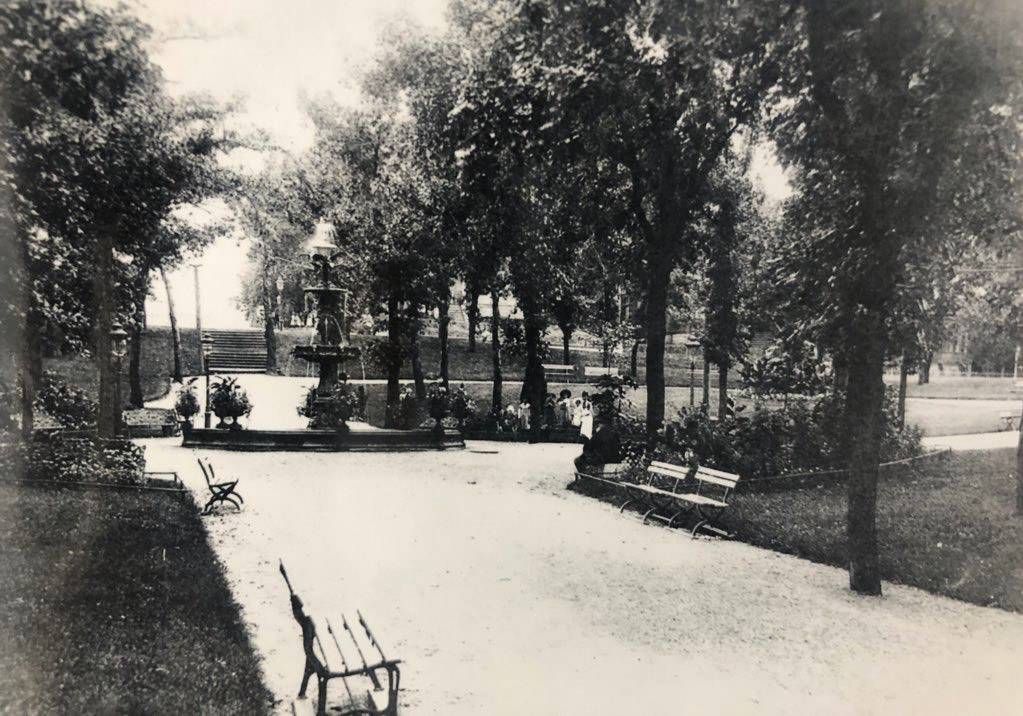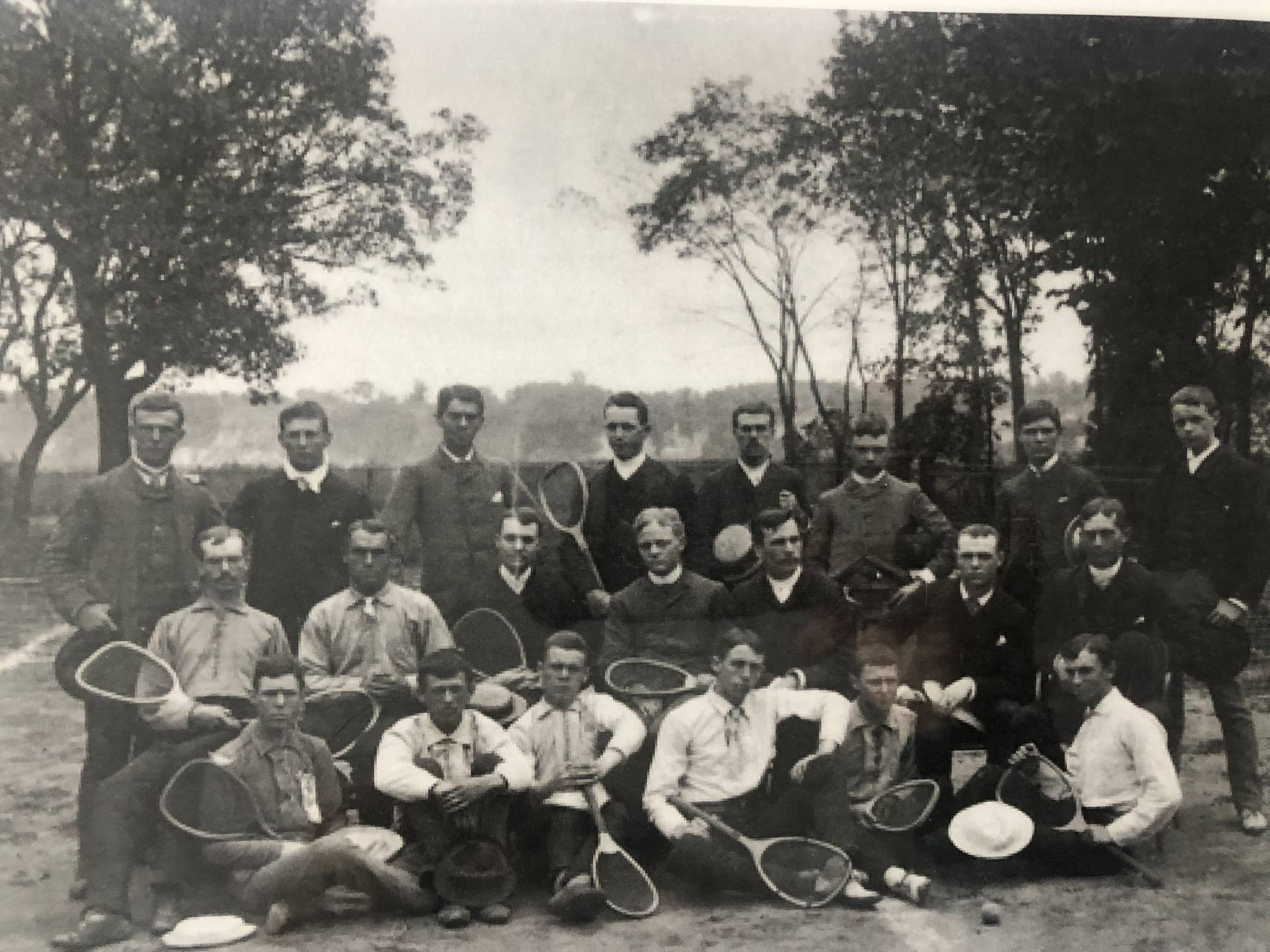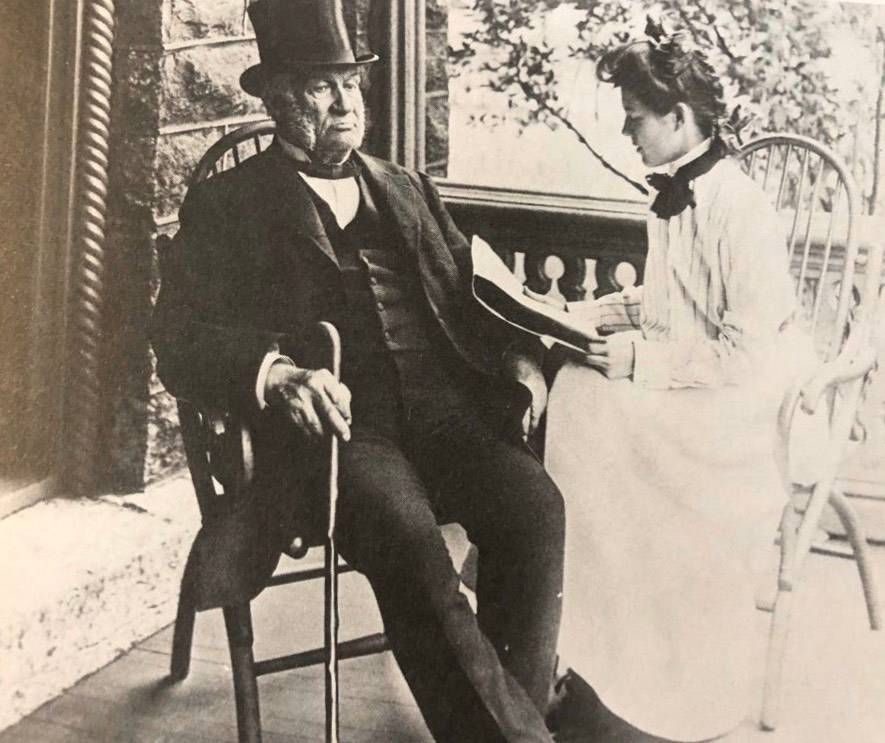This Historic "It" Neighborhood Was Nearly Destroyed
Take a tour of Saint Paul's oldest homes in Irvine Park.
In many ways, Minnesota's pioneer history begins in the small enclave of Saint Paul's Irvine Park, a ring of 19th Century homes that bring the past right into the present moment. The home of the first territorial governor, Alexander Ramsey, still stands in this under-appreciated Uppertown neighborhood, a historic district almost hidden in the now urban plain sight.

"Because the governor was living here, everybody wanted to be his neighbor," explains Jim Sazevich, a local research historian. "It was a little gem waiting to be discovered, then Alexander Ramsey, our territorial governor whom our county is named for, found it, built here, stayed here, died here."
Not long ago, the neighborhood was nearly lost to a wrecking ball that removed more than a dozen homes before neighborhood groups got involved back in the 1970s.

"The city decided they were going to be through with it - it was not a place for people to live and thrive - and they were going to demolish everything you see here around the square," Sazevich adds. "The fountain we're standing by, it was taken apart and scrapped for the scrap market in 1927."
To fill in the gaps to join the Ramsey House, which was already willed to the Minnesota Historical Society, the historian and activist helped to move in historic homes where the originals had been torn down. "This was the up-and-coming fancy neighborhood of Saint Paul. The Hills [as in James J. Hill] come in in 1890s on Summit Avenue, and that becomes the fancy desired area to live - but this was the first 'it' neighborhood," says Minnesota Historical Society Site Supervisor Kelsey Hokenson.

Technically, the Ramsey House is French Second Empire in style, but the details are eclectic, customized for the family. Completed in 1872, the home took four years to build, and the Ramsey family called it home until 1964. Ramsey's granddaughters lived in the stately home before passing it on to the state historical society, which Ramsey helped found. "We have one of the most complete collections in the United States as well, " Hokenson says. "He was our first territorial governor, second state governor, two terms as senator, secretary of war and part of the Utah Commission."
Through a modern lens, Ramsey's impact on the state is complicated. "What's hard about this site is that we have this house - and it was a family home and it's a great piece of Victorian history, and we have furniture that belonged to the family. But he also caused a lot of problems in our state, and the removal of the Dakota people, saying some pretty terrible things about Native Americans. But he also loved his family, and so we're trying to create a place where we can talk about him in that way, and share his private life, as well as public and work life," Hokenson concludes.
Another historic manager, Christine Herbaly, takes us on a unique tour, first through the formal dining room set for a meal, then through the back kitchen, where a staff of servants would have worked, and finally down to the basement. Herbaly, another Site Manager at the Minnesota Historical Society, sets things up: "You're getting a truly behind-the-scenes experience to see our beautiful exposed limestone."
She adds specific details such as,"This is Platteville limestone that is locally quarried. Downtown Saint Paul was actually built on a Platteville limestone shelf. Platteville limestone is a marine formation that was created about 430 million years ago." In the 1850s, Saint Paul was moving from wood structures to more permanent stone structures, and builders used a lot of readily available limestone, which was often quarried on site.
In the end, it's incredible for longtime area residents like Jim Sazevich to see their goals of renovation, restoration and revitalization come true. He reminds us that this neighborhood is the doorstep of downtown Saint Paul, which you can see from the park, along with the bustling energy of West 7 Street permeating the area. There are not many things left that are pre-statehood and pre-Civil War in our state. "The square we're standing in started in 1849. That's the year we became the Minnesota Territory," Sazevich says.

"What's amazing for the people of the Twin Cities is to be able to come to an area and see the original New England village that our city was. These were Yankees that came here - these weren't immigrant groups that early," Sazevich concludes. "I walk through this square every day to go to work, walk through it on the way home, and it's just such a special place - and it's being shared with the world right now. I've had tourists from every corner of the world that I've taken through here."
